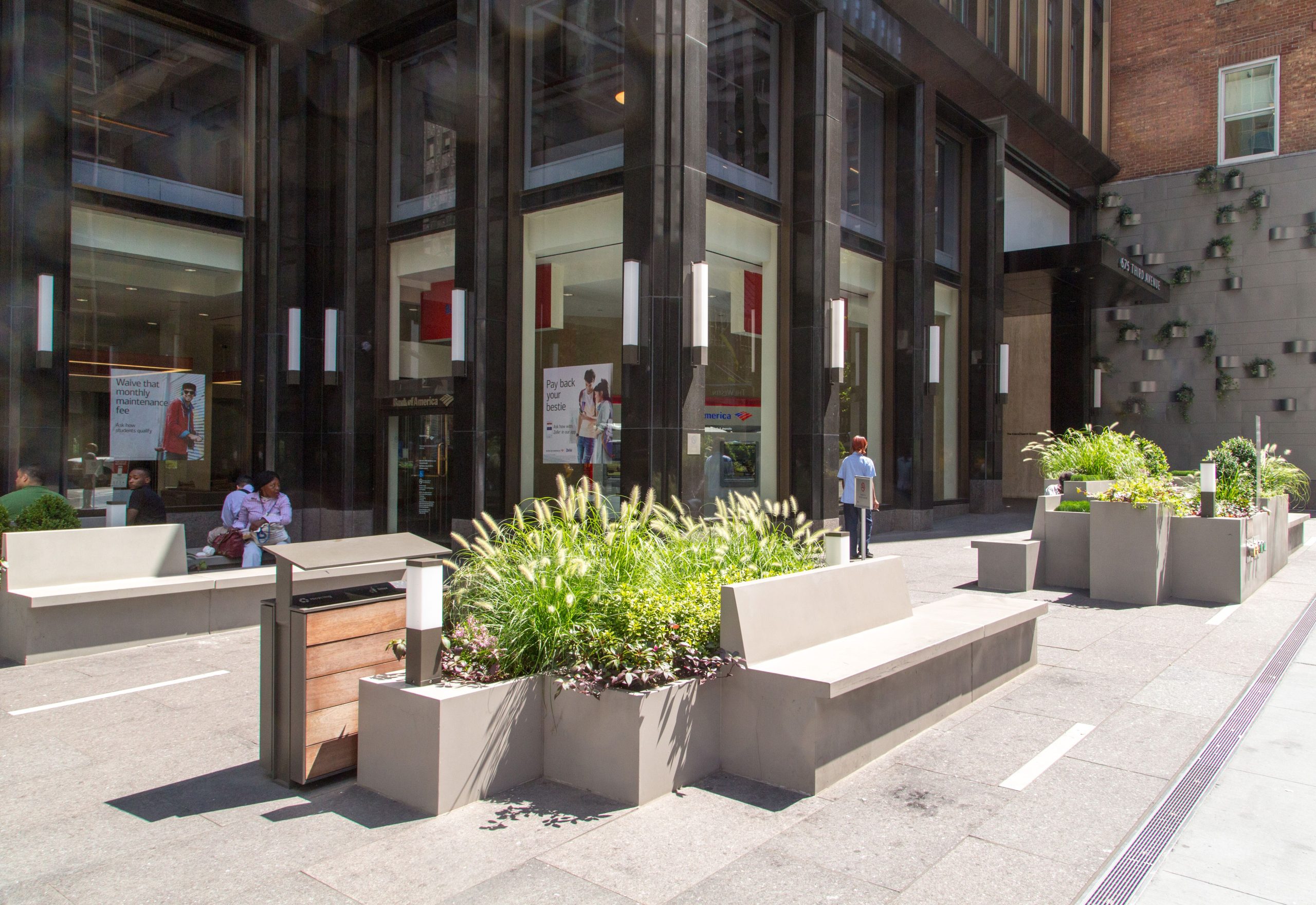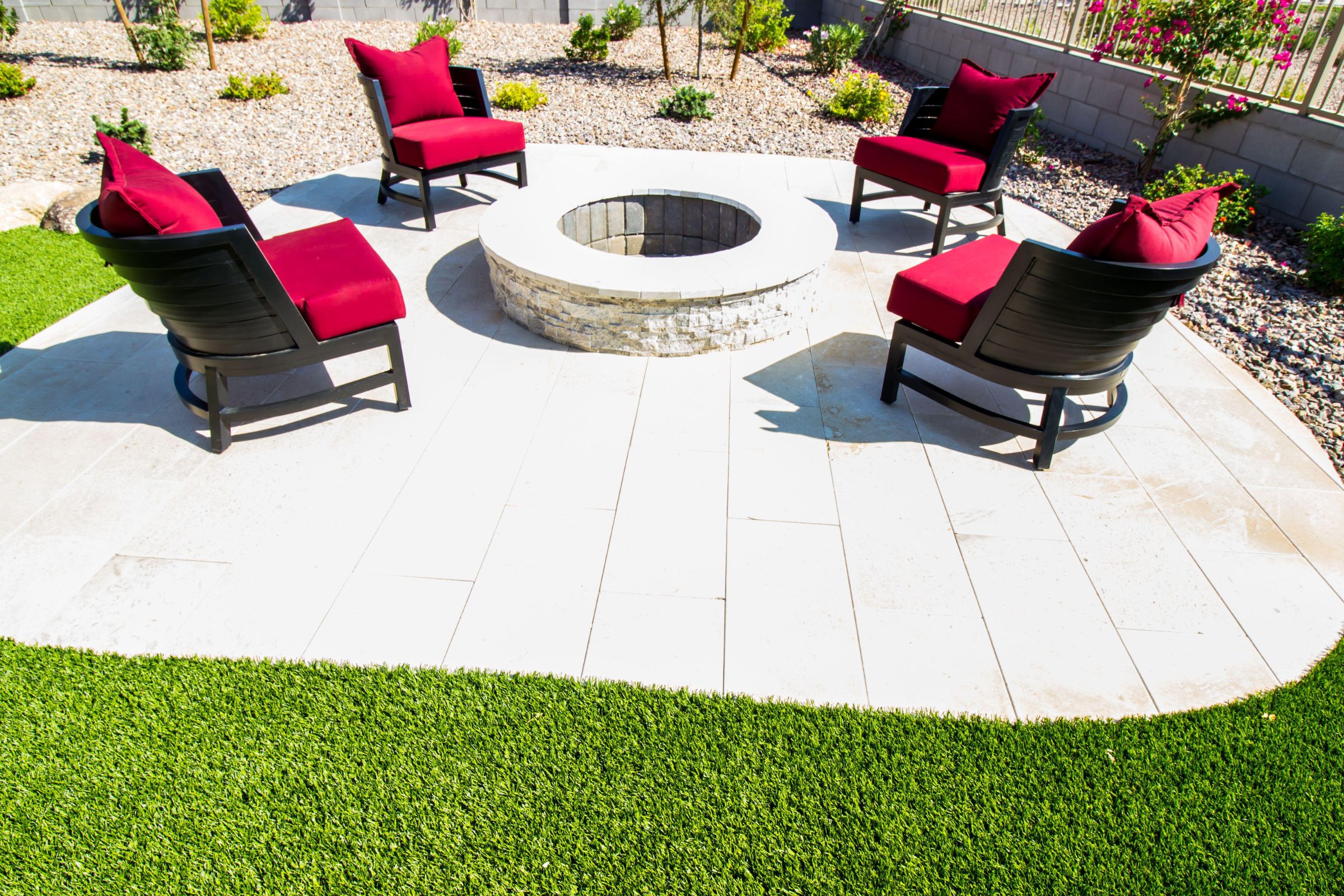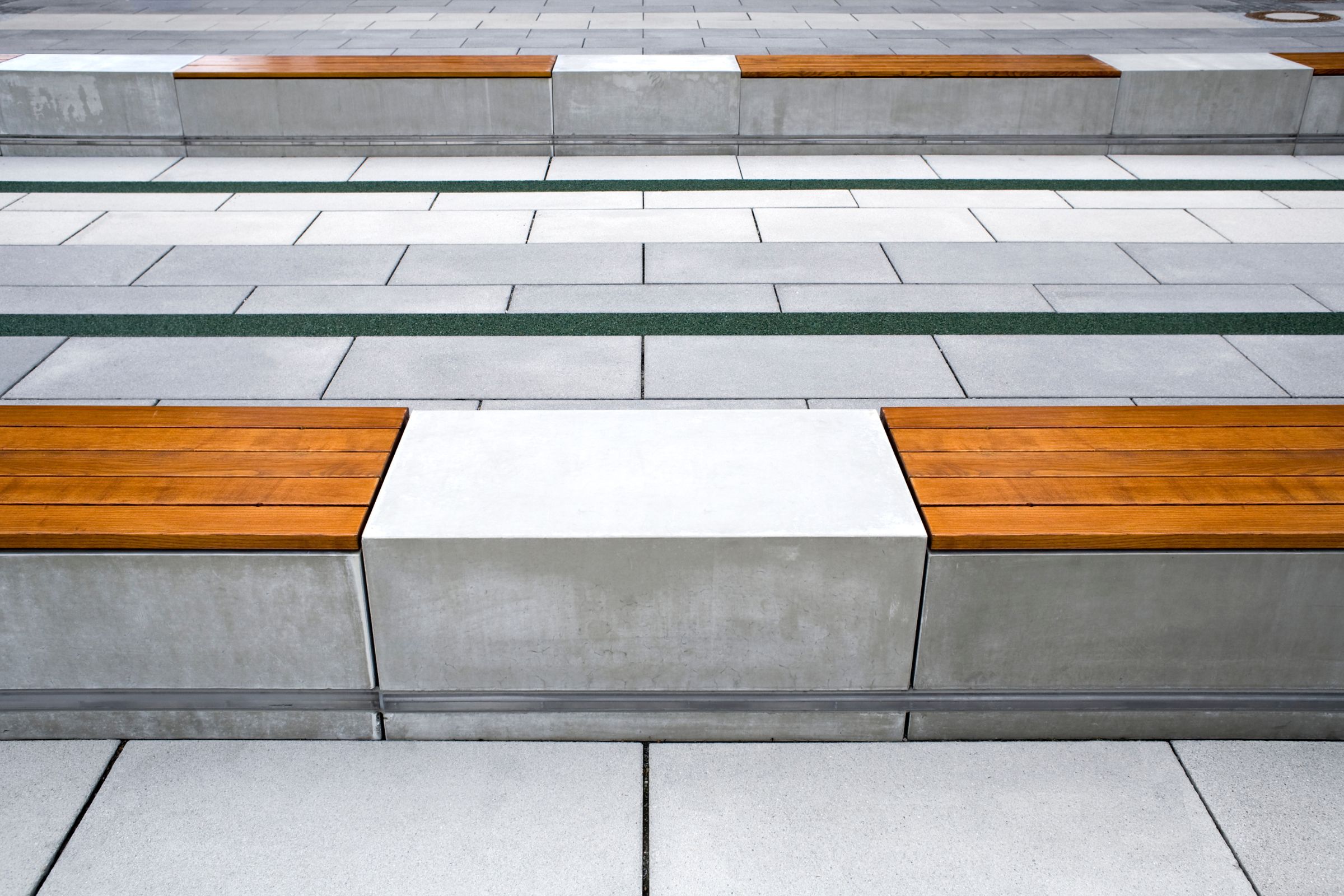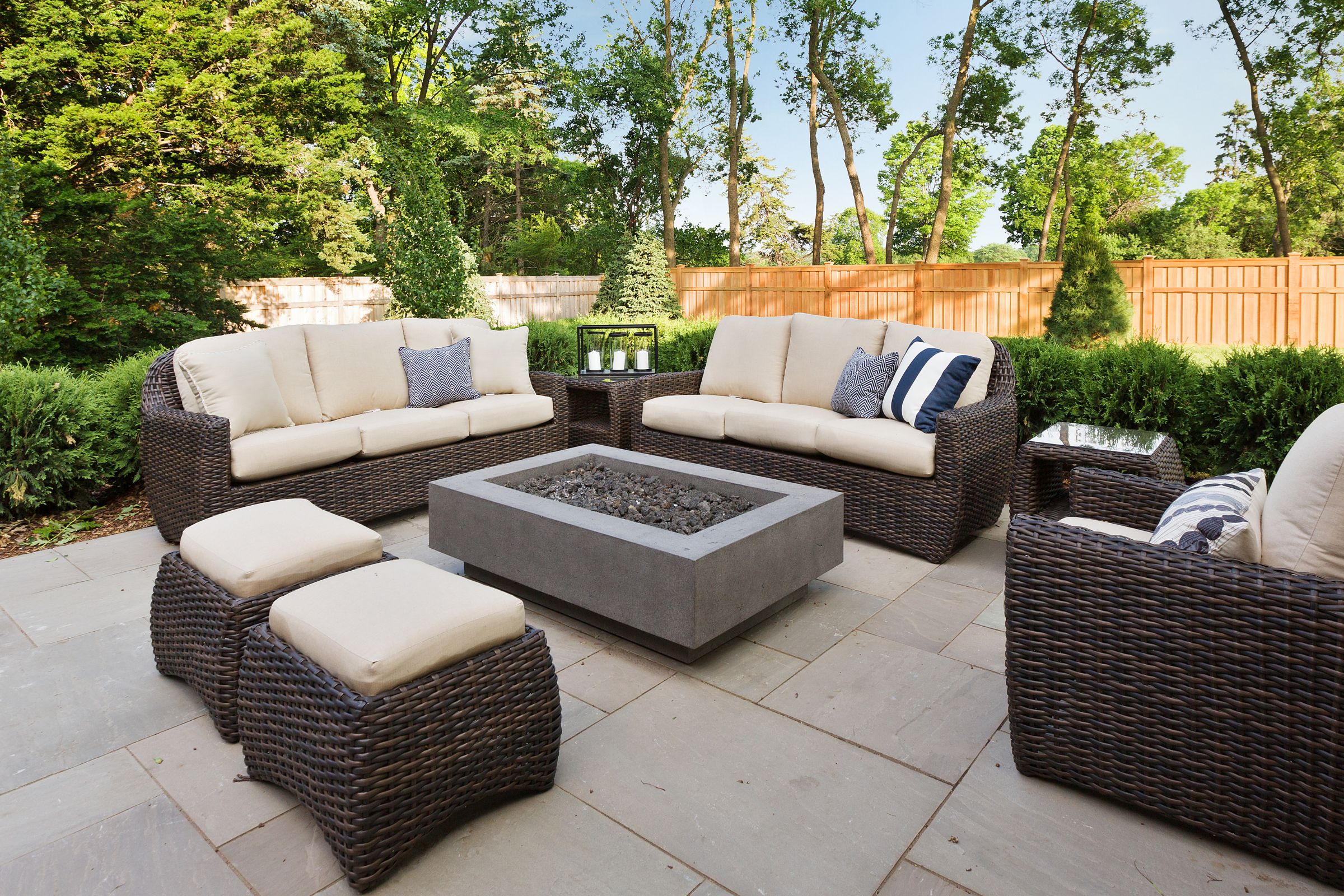As outdoor spaces become extensions of the home, fire features are no longer just functional—they’re focal points. Whether it's for…

Concrete has long been valued for its strength and utility in construction—but modern design is uncovering something more. Architects, artists, and creators are now pushing the boundaries of what this versatile material can achieve. With the rise of innovative concrete design, concrete is stepping into the spotlight—not just as a structural element, but as a form of creative expression.
Rethinking the Role of Concrete
For decades, concrete was hidden beneath finishes, used to form foundations or structural cores. Today, it’s being celebrated for its raw beauty and adaptability. Architectural concrete is no longer just about strength—it’s about texture, form, and identity. This shift has opened doors for new applications that merge artistry with construction, introducing concrete to places we’ve never seen before.
Creative Concrete Installations
One of the most exciting developments in design is the emergence of concrete installations in both public and private spaces. From sculptural seating in parks to large-scale museum exhibits, designers are exploring concrete as a storytelling medium. Its ability to take on virtually any shape—paired with various textures and finishes—makes it ideal for installations that demand both durability and visual impact.
Whether poured in place or cast in custom molds, these features offer more than just functionality—they provoke thought and evoke emotion.
Acoustic and Interactive Applications
Sound-absorbing panels made from design-forward materials like perforated or layered concrete are finding their way into concert halls, libraries, and offices. These applications show that concrete can do more than hold weight—it can shape the way we experience space.
Some designers are even using custom concrete to create interactive elements like touch-responsive sculptures or kinetic installations that react to movement or light. These are powerful examples of how concrete is evolving beyond traditional roles.
Blending Technology with Tradition
Advancements in fabrication, such as CNC milling and 3D modeling, have opened the door for precision and personalization in custom concrete production. These technologies allow for intricate detailing and complex geometries that were once impossible with traditional methods. As a result, designers can experiment with new forms while maintaining concrete’s inherent strength and durability.
The combination of traditional material and modern tools has made concrete one of the most design-forward materials available today.
A Material That Adapts to Vision
Whether it’s a modern sculpture, a textured wall feature, or a custom piece of outdoor art, concrete adapts to the needs of the design. Its ability to shift between subtlety and boldness makes it a favorite among architects looking for materials that tell a story.
In public plazas, retail environments, or minimalist homes, architectural concrete helps define space in unexpected and innovative ways.
Final Thoughts
The creative use of concrete in today’s architecture proves that the material is far from static. With new methods and bold visions, innovative concrete design is reshaping how we build and how we experience the spaces around us. From striking concrete installations to immersive design features, concrete is showing the world that its potential goes far beyond the surface.



